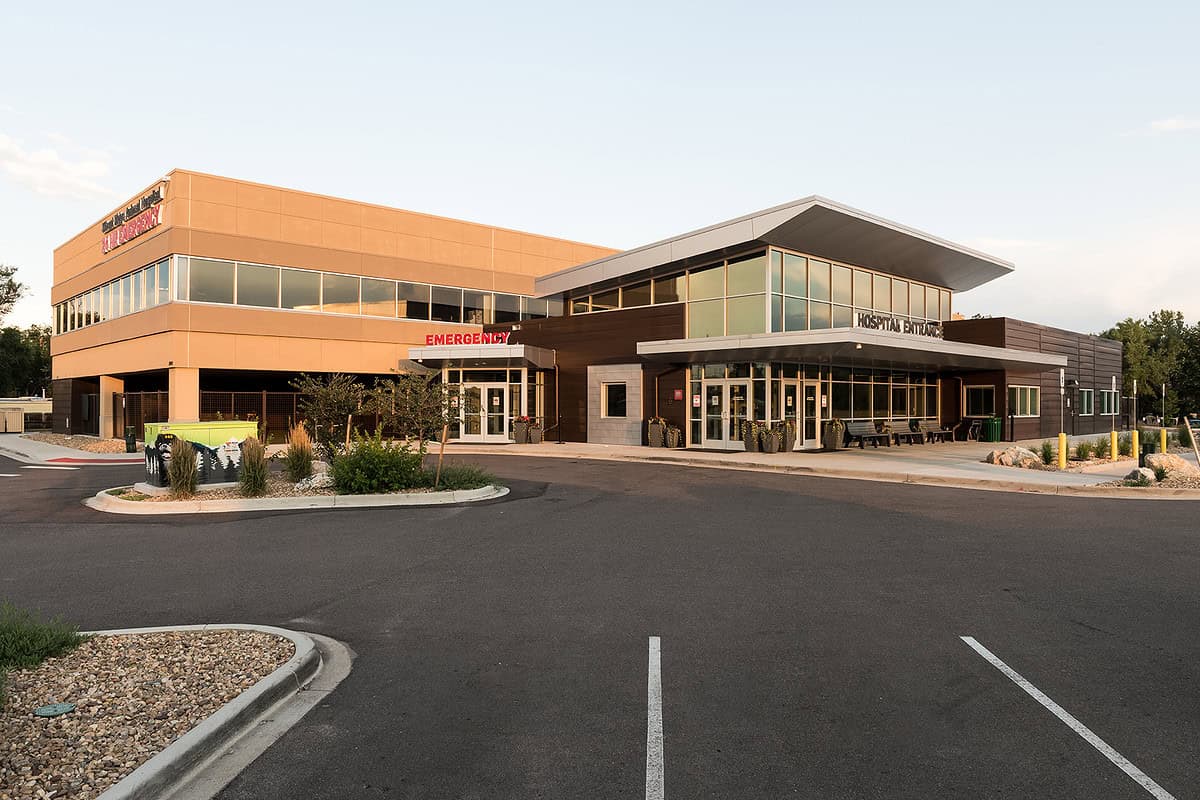The lease terms that a veterinary real estate owner agrees to with its tenant can have a significant impact on the value of one’s veterinary real estate, which often plays out in the capitalization rate that the property sells for. The capitalization rate is the percentage of the purchase price that the annual net rental income of the property represents, or more simply, the return an investor requires to invest in an income-producing property.
As an easy example, if the net rental income received by the landlord is $100,000 in year one and the investor purchases the property for $1 million, this represents a 10 percent capitalization rate ($100,000/$1,000,000=10 percent). On the same net rental income, an investor willing to take a lower capitalization rate will pay you a larger amount of money for your asset, whereas an investor who requires a higher capitalization rate will pay you less.
Even if the veterinary real estate owner executes the perfect lease with its tenant, macroeconomic factors can drive up capitalization rates for the same asset with the same lease in place but in a different economic environment. The greatest factor applying pressure to capitalization rates, and therefore affecting the value of your veterinary real estate, is rising interest rates. It is important for the veterinary owner of real estate to consider how a rising interest rate environment will affect the value of his or her veterinary real estate and how it might influence the veterinarian’s decision to hold or sell.
Practice valuations are the talk of the industry – but veterinarians often ignore their second-largest asset…their real estate.
As the Federal Reserve continues to signal two to three additional federal funds rate hikes in 2019, the broader market anticipates that interest rates offered by commercial banks for purposes of financing commercial real estate acquisitions will increase accordingly. Traditionally, as money becomes more expensive to borrow, investors can pay less for net leased real estate assets and transactions occur at higher cap rates than when interest rates were lower. Consequently, many investors are choosing to sell their net leased real estate now before capitalization rates further react to the four rate hikes experienced in 2018 and two to three anticipated rate hikes coming this year.
Almost all active buyers of net leased veterinary real estate project upward movement in cap rates in 2019. The consensus among net leased market participants is anticipated cap rate increases of one quarter to one half of a percent, which on a property with an annual rent of $100,000 could mean a difference of $50,000 to $100,000 in sales proceeds.
It is important to understand these market dynamics within the context of your specific financial situation and historical real estate trends. Typically, there are four phases to each real estate cycle: recovery, expansion, over-supply and recession. Historically, these four phases, known as a full real estate cycle, last a total of 16 to 17 years. We are currently about 11 years into the latest cycle and are arguably in some phase of the transition from expansion to oversupply.
Therefore, if you think you are interested in selling your veterinary real estate in the near term, now may be the perfect time to explore a sale, or you will likely have to wait another 10 to 12 years to see real estate values back at the levels we are experiencing today.
No two veterinary real estate owners’ situations are the same, but it should be universally agreed that all veterinarians want to maximize the value of their building to ensure the long-term financial stability of themselves, their family and their practice. In that light, now is a good time to see what your veterinary building is worth.
To learn more about our services, visit www.terravetrealestate.com or reach out to us by phone at 475-355-1021.



